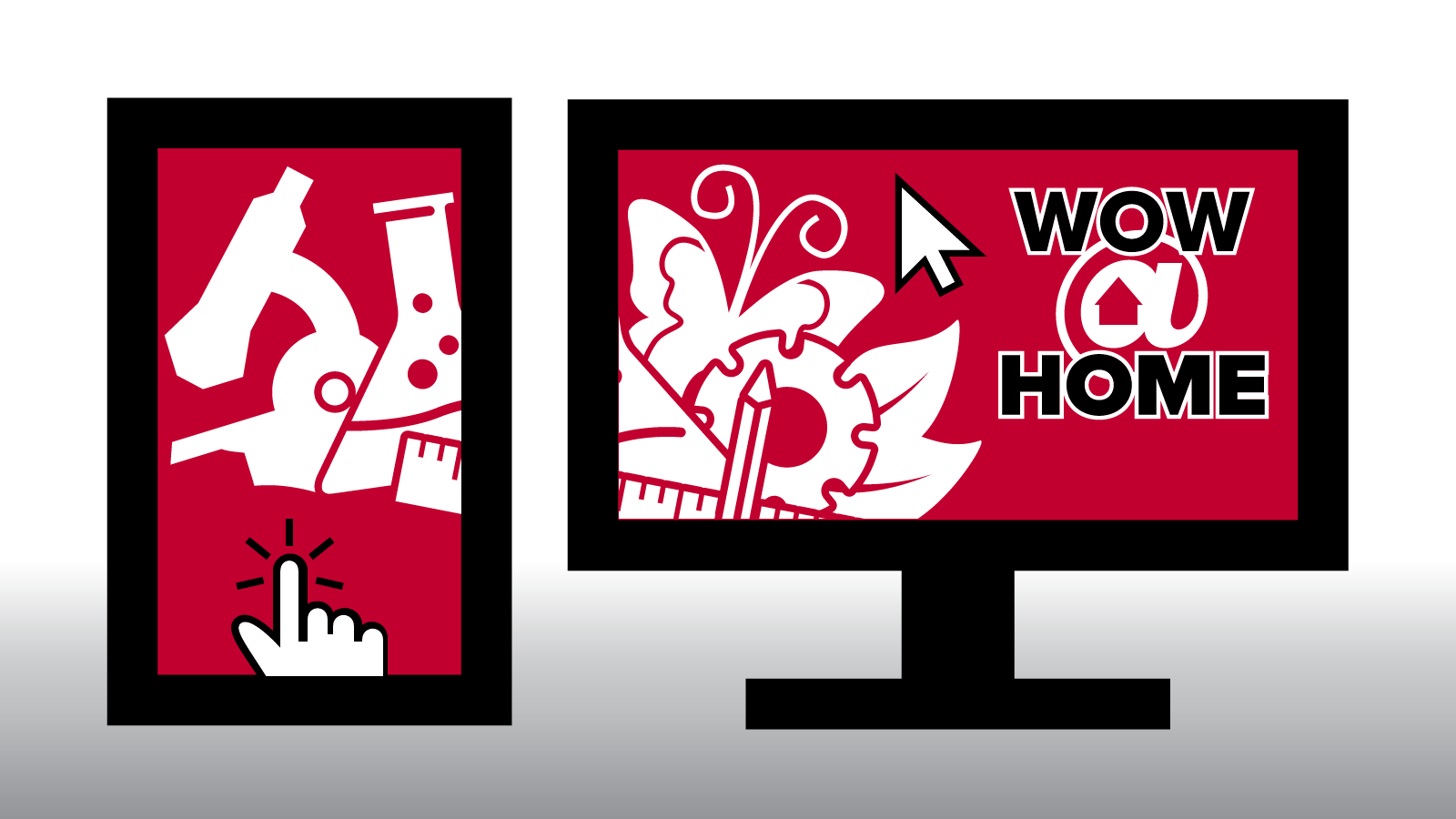With the cancellation of our programs due to COVID-19, many of the WOW experiments have been uploaded and featured here so that they can be completed at home! This way parents or teachers can do these fun science activities with their kids using minimal supplies while getting them excited about science at the same time! Science is all around us and even though they might be having fun, they will be learning at the same time!
Let us know if you have any questions regarding these activities or if you have a certain topic area you would like us to feature. For questions/comments, fill out our contact us sheet.
WOW at Home Experiments
This first activity is one of the options for our Scientific Method Unit. The scientific method is an important unit to focus on first as the scientific method is the basis of all science. Making observations, asking a question, forming a hypothesis, experimenting, redesigning or forming a new hypothesis, analyzing, and communicating/summarizing — all steps that can be found on the Spaghetti-Marshmallow Tower activity. 🏙
Your supplies: raw spaghetti (fettuccine works too), mini marshmallows, and a ruler. That’s it!
We like to start with a set number of supplies to challenge the process. 5 pieces of spaghetti and 7 marshmallows to start. Begin by talking about how buildings are formed. We show photos of buildings they might have seen or others they might have read about. Make sure to show a photo of the Eiffel Tower and Leaning Tower of Pisa. We also show the world’s tallest tower (Burj Khalifa) and a local building that looks like a wicker basket (Longaberger Company building). What about the buildings make it so they stand up straight and do not fall over? Talk about the importance of a base. For younger children, talk about shapes that a base might be made out of (triangle or rectangle are the usual base shapes). 📐🔲
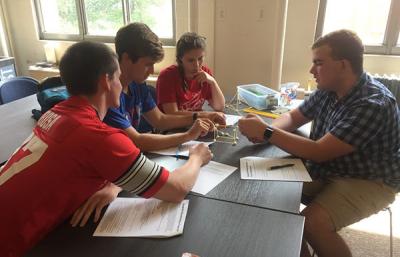
WOW Volunteers working on their own version of a spaghetti-marshmallow tower during a training
Now before building, time to plan and design what the tower will look like (it is important to remind the students that this is a tower made out of marshmallows and spaghetti - not all designs will be possible but they can be attempted). If your child has a design idea that you know will not work, still let them try it out! The importance of science and engineering is to let them inquiry and learn rather than being told what is right or wrong. Another question to consider asking: should they break the spaghetti for more stability or risk stability to have better height?
Then once a plan is in place, time to build the tower! 🏢📏 Try to keep the marshmallows together (even though they act for better glue when taken apart, it doesn’t provide as much support). Feel free to try to make one too using the same amount of supplies. How tall is your tower? Is it still standing (try to measure it only after it stays standing for a minute without the help of hands :))?
If time allows, add some additional supplies but give the new supplies once inquiry-based questions about the tower are answered (why is the tower not standing still? What would this extra supply do to help make the tower stand taller or not fall over?). After the activity is done with sticky hands all washed, talk about what was learned from this activity. The most important step of the scientific method is communicating your findings with others! How else will another scientist or engineer know what to do or comments about their experiment have not been communicated? Or have them write down their conclusions to practice their writing skills.
We usually do not have students eat the marshmallows after as usually in science, you cannot eat anything. But it is perfectly up to you - just make sure they don’t eat the raw spaghetti!
Now that it is officially springtime, with spring, brings spring migration of birds! You might start to notice a variety of bird species outside your home or you might be hearing them singing in the early morning. Those beaks make a lot noise in the spring, but they also need to eat a lot of food as well. So our next WOW at Home experiment will focus on bird beaks! ???
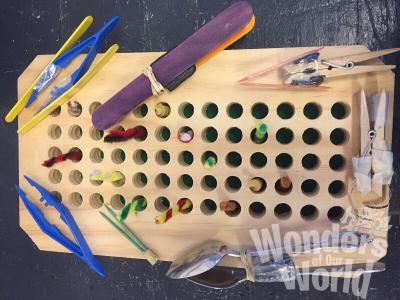
Birds live all across the world, including in grasslands, forests, wetlands, and our own backyards. Do all these birds that live in different areas all look and act the same? In fact, each bird is fit for its habitat in special ways. This is especially true for beak design and how birds gather their food. Find out how different beaks help birds put food in their stomachs!
Check out the lesson plan write up link below to download and print it out:
In honor of our Painted Lady butterflies emerging from their chrysalis, we have an activity focused on the life cycle of a butterfly! ![]()
![]()
There are four parts of the cycle: they start as an egg. The eggs are laid on a stem or leaves of a plant. The egg shape will differ based on the type of butterfly.
Egg pasta type to use: Orzo or Acini de Pepe work great! Cut up spaghetti pieces work as well!
Within a few weeks if the conditions are right, the egg will hatch to a caterpillar. The caterpillars not only eat their way out of the egg, but they also start eating right after hatching. They will eat quite a bit - shedding their skin four or five times and in some cases can be over 100 times larger than when they emerged.
Caterpillar pasta type to use: Rotini is the best due to the ridges, but Cavatappi or Penne could also work too.
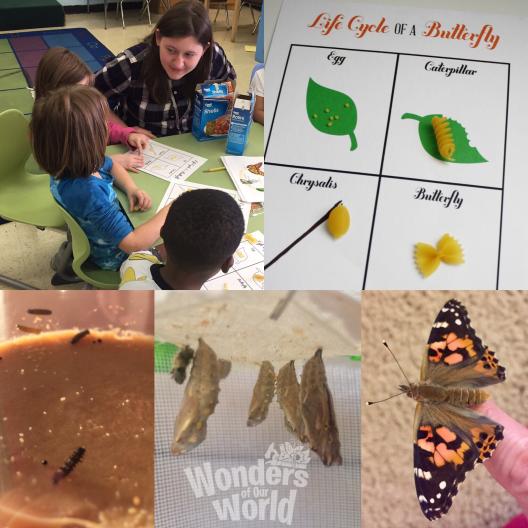
Once the caterpillar is full grown, it will form itself into a chrysalis (pupa). This is where the caterpillar will eventually grow and transform into a butterfly. This stage lasts a few weeks to months depending on the species!
Chrysalis (pupa) pasta type to use: Shells are the best to use but because the chrysalis also looks like a J shape at first, macaroni could be used too.
And once all the tissue, limbs, and organs of the caterpillar transform to a butterfly, the butterfly emerges from the chrysalis! The pupa splits open and the butterfly waits for its wings to dry off. The butterfly also pumps hemolymph to help it become strong. Then it will eventually take flight and the life cycle is complete!
Butterfly pasta type to use: Butterfly pasta of course! ![]()
Feel free to place all of these pasta types either on a paper plate or piece of paper while talking about each stage. Make sure raw pasta is not consumed.
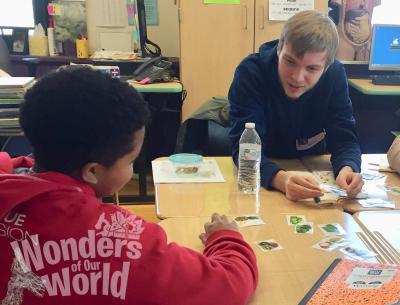
For our next #WOWScienceatHome activity, you most likely have the the materials in your fridge or on your counter top. During this quarantine time, it is very important for us to stay healthy and to eat our fruits and vegetables. So, this week were going to be learning all about fruits and vegetables!
Did you know that biologically fruits have seeds and vegetables do not? Some might think a cucumber is a vegetable, but it is in fact a fruit!
All you need is some pictures of different fruits and vegetables (which are provided in our print out online), or you can even use the fruits and vegetables in your house right now. Once you have all of your fruits and vegetables, have you child try and separate them into the correct spot. After all fruits and veggies are in the right spot, ask them why something is a fruit or a vegetable.
For additional resources and the complete lesson plan write up, check out the PDF link below to download and print it out:
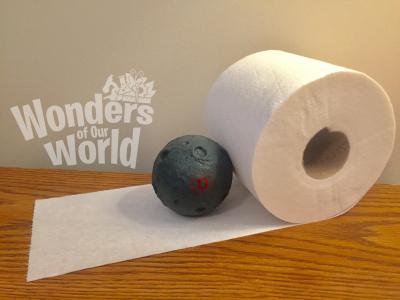
Here is a space unit experiment that makes the cosmic scale of our solar system tangible with just half a roll of precious toilet paper and some colored drawing supplies.
This lesson provides a simple visual of the ratio of space between the Sun and its 10 major orbitals, Ceres (largest object in the main asteroid belt) and Pluto are included in this. Kids will get some giggles out of the use of toilet paper, and each invaluable square gives a useful unit of measurement to map out the space between our planets.
Something to say “WOW” about: If the planet’s size were to scale with this representation of the solar system, Jupiter, which is roughly 1,000 times the size of the Earth, would be as small as a grain of salt! Wow!
This experiment is found through Project ASTRO's website at https://astrosociety.org/…/education-activ…/grades-k-12.html. You can find more clever space-focused activities for grades K-12 on this site!
Here is a brief synopsis of the experiment at the link above (the experiment is titled Toilet Paper Solar System).
Supplies: 100 squares of toilet paper and colored washable markers or a pencil.
Directions:
Roll out the 100 squares of toilet paper from a single roll, and with the Sun as the starting point, mark and label each of the planet's points along the roll, according to the table below. If you would like for the toilet paper to be used/not go to waste, feel free to make labels on a separate sheet of paper or use tape to label above/below the toilet paper. Be creative! Encourage drawings for every cosmic body.
Planet/Orbital Body -- km from Sun -- Toilet Paper Squares
Mercury - 57,910,000 km - 1.0
Venus - 108,200,000 km - 1.8
Earth - 149,600,000 km - 2.5
Mars - 227,940,000 km - 3.8
Ceres - 414,436,363 km - 7.0
Jupiter - 778,330,000 km - 13.2
Saturn - 1,429,400,000 km - 24.2
Uranus - 2,870,990,000 km - 48.6
Neptune - 4,504,000,000 km - 76.3
Pluto - 5,913,520,000 km - 100.0
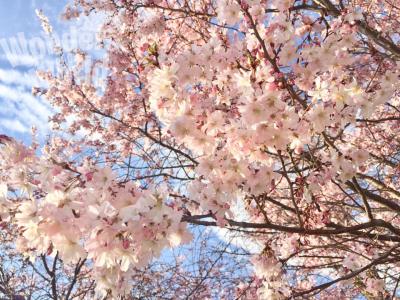
April 22, 2020 marked the 50th Anniversary of Earth Day! The #GoogleDoodle for the holiday celebrated honey bees, so we thought for our WOW Science at Home activity could be focused on the honey bee waggle dance! ?
Honey bees are keystone species, which means they play a critical role in our ecosystem – the removal of a keystone species could have detrimental effects on the ecosystem! The reason honey bees are a keystone species is because they help to pollinate plants which help those plants grow; other organisms might depend on these plants to survive. Honey bees have been dubbed the “glue that holds it all together” because without bees, we would not have pollination, plants, flowers, animals, or even humans! Honey bees pollinate 80% of the world’s plants including 90 different food crops – 1 out of every 3 or 4 bites of food you eat is thanks to bees!
To celebrate bees, check out this fun activity to imitate how bees communicate with each other, which is through a communication form called a waggle dance. This activity from Friends of the Earth can be done with all ages! We have done this activity with grades K-5. This activity is a fun way to get a little bit of movement in while also learning how bees communicate to the hive where flowers/nectar is. A honey bee worker will come back to the hive and communicate through a waggle dance to tell the colony how close or far the nectar is to the hive.
Learn more about the waggle dance activity here at this link: https://cdn.friendsoftheearth.uk/…/Waggle%20dance%20game.pdf
You will need to print out a few photos of flowers and a few photos of honey bees. You will also need either a bit of space in the room or some great hiding spots so that the flower photos are not easily seen using just your eyes. The waggle dance can be as creative of a dance as your child would like! Have fun with this activity while also learning more about this critically important species!
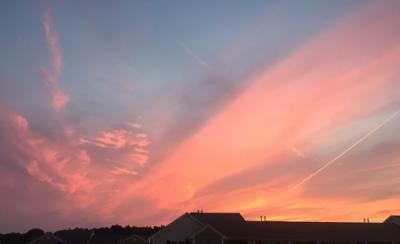
Everyone loves to see a beautiful sunset, but what if you could make one? There is a very cool scientific explanation to how sunsets are created. The sunset’s colors are caused by light reflections off particles in the air. The milk and half and half will act as particles and the water will act as the sky. The flashlight will act as the Sun’s light waves passing through the sky. There are only a few materials required to create an at home sunset. All the materials that you need to complete this experiment are right in your home.
You will need:
- Skim milk
- Half and half creamer
- A bright flashlight
- Water
- A clear container
-A measuring container (mL)
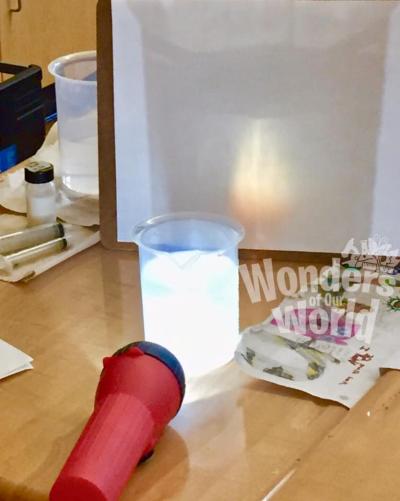
To explore this experiment further in-depth, check out the lesson plan write up link below to download and print it out:
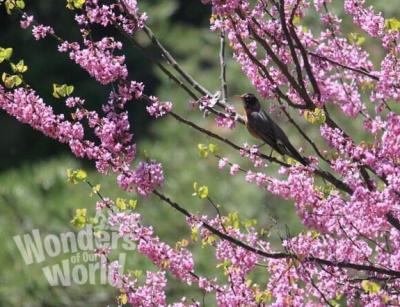
Students are spending more time in their homes this school year -- have you ever thought about what home looks like for other creatures? Habitats provide animals with food, water, shelter and space to live, and they might be closer than you realize! Your backyard is actually a habitat for animals like squirrels and birds. Explore the different living needs met by your backyard in this outdoors experiment and find out what kind of habitat it is!
To explore this experiment in-depth, check out the lesson plan write up and worksheets link below to download and print it out:
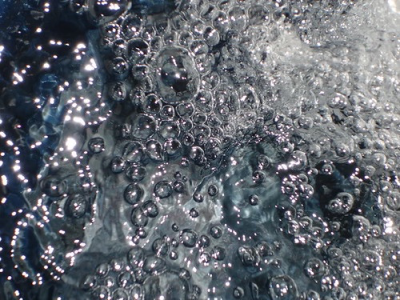
Why does a rock feel hard while your hand goes straight through the air? Why does an ice cube change shape as it melts? Why does drinking soda feel fizzy? Strap on your science goggles to learn more about the different states of matter and how itty-bitty pieces that form different objects make them feel different!
For complete lesson plan write up, check out the PDF link below to download and print it out:
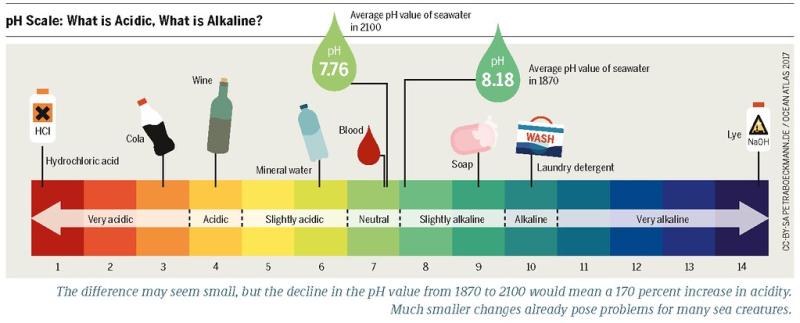
Chemicals and substances can be categorized by their pH, which is one way to describe their chemical nature. The pH scale ranges from 0 to 14, with less than 7 being acidic and greater than 7 being basic. If a substance has a pH of 7 then it is neutral.
What household items do you think are acidic vs. basic? Many things found in your household can be categorized on the pH scale. All you need is some cabbage, a blender, and some filter paper. Out of these items you can make your own pH paper to measure the pH of the household items. With this homemade pH paper, you can determine the pH of some items lying around the house!
To explore this experiment in-depth, check out the lesson plan write up and worksheets link below to download and print it out:
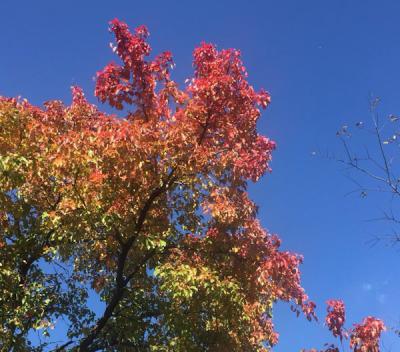
It’s that time of year again! Beautiful fall weather with gorgeous color changing leaves. The leaves go from a beautiful lush green to pretty reds, yellows, and oranges. But how? How do the leaves change color? Why do they change color?
Leaves are filled with a compound called chlorophyll that is fueled by photosynthesis! In the fall and winter there is not much sunlight, so the chlorophyll is used as a food substitute, which changes the colors in the leaves. The color the leaves change is dependent on the tree species. Some trees trap glucose when the weather gets cooler, which causes the leaves to turn red instead of brown. For example, maple trees have red leaves because it traps glucose whereas oak trees have brown leaves because it traps waste.
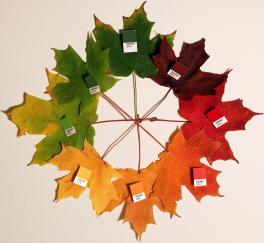
To watch the leaves change colors firsthand, check out this fun experiment below that you and your family can do together:
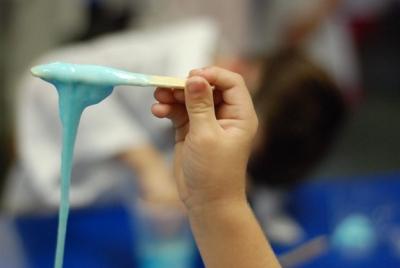
In today's WOW at Home experiment, students will investigate an important part of chemistry: chemical versus physical changes! We will look into the difference between the two by doing two mini-experiments and comparing our results. (BONUS: one of the experiments involves making slime!)
For a complete lesson plan write up, check out the PDF link below to download and print it out:
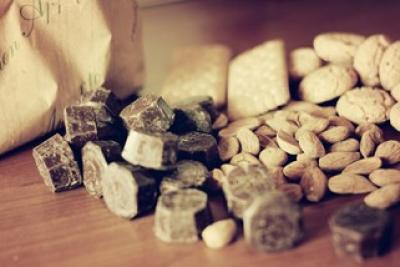
Every day, we eat food that provides fuel for our bodies to do work. To provide this fuel, foods are made up of different macromolecules, including fats and starches. However, some foods have higher fat or starch content, and provide us with different amounts of energy. This experiment looks into the fat and starch content of various foods using household tests!
These tests can be performed on the suggested foods, as well as any other food items you may have around your home. Try to guess which foods in your home are high in starch or high in fat!
To experiment on the biochemistry of foods, check out the experiment write up and worksheets below to download and print:
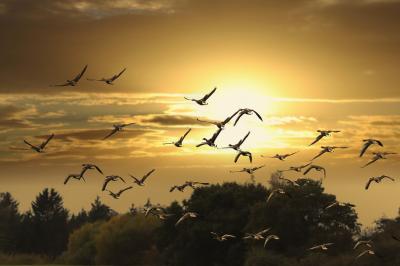
Days are getting shorter and nights are getting colder! This means it is time for birds to migrate south. Every year when the seasons change birds migrate to the warmer climates and find more food. Birds know the direction they are flying by the earth’s magnetic poles. They also follow the sun and stars and some follow the food.
A great way to learn how birds migrate and the challenges they face is to play along with these two activities below! In both experiments, you will learn the decisions birds have to make when it involves food and more about how they know when it is time to move south. Happy migrating! See you on the warmer end!
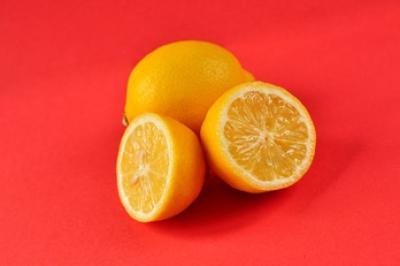
When life gives you lemons, make lemon volcanos and lemonade!
These lemon experiments are a fun exploration into the world of acid-base reactions! Acid-base reactions are common reactions where an acid (a substance with low pH) reacts with a base (a substance with high pH). One common acid-base reaction is a baking soda and vinegar volcano. Instead of vinegar, these experiments use citric acid from lemons to react with the basic baking soda. In the first experiment, we combine the two within a lemon to make a bubbly, colorful lemon volcano. In the second experiment, we combine the two to make homemade fizzy lemonade. Explore fun, bubbly chemical reactions with these two lemon-themed activities using household items!
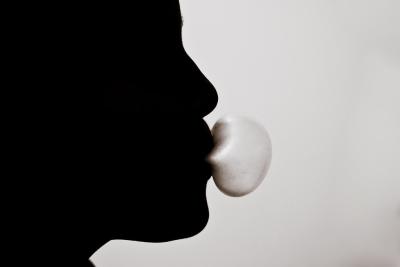
Why do we wear a swimsuit to the pool instead of a winter jacket? Why do we wear rain boots when it rains? Deciding what materials to build things out of is an important question that material science and chemical engineers face. Become an engineer with this experiment as you learn about the unique properties of chewing gum and its applications!
For a complete lesson plan write up, check out the PDF link below to download and print it out:
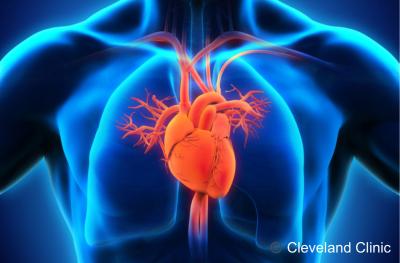
This week’s experiment is Valentine’s Day themed and focuses on the function of the heart! You will be able to see and control how the heart is able to take in blood from the body and pump it back out into the body. The heart is one of the most important organs in our body and it helps to make sure that the rest of your body is running properly.
For a complete lesson plan write up, check out the PDF link below to download and print it out:
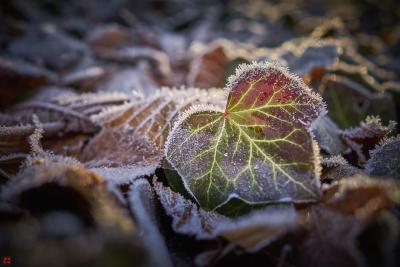
When frost is seen on the ground, cars, and other surfaces in winter, do you know how it’s formed? This experiment is an exploration into frost and its formation using just aluminum cans, ice, and salt. Frost is the result of water vapor from the air condensing and freezing on objects. In this experiment, you can create your own frost at home! This experiment also discusses the effect of salt on ice, and why we use salt on roads and walkways in winter!
Explore the complete lesson plan write up by checking out the PDF link below to download it.
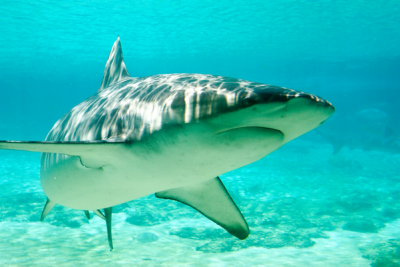
Ever wonder how huge animals likes sharks and whales are able to stay afloat in water while tiny rocks and sand sink to the bottom? Let’s explore concepts of density and buoyancy to understand how sharks are designed to float in water despite their heavy weight. Whether objects float isn’t just limited to the ocean either. You can observe how density affects household objects in your kitchen, bathroom, and more!
Dive into learning about this experiment by checking out the complete lesson plan write up in the PDF below.
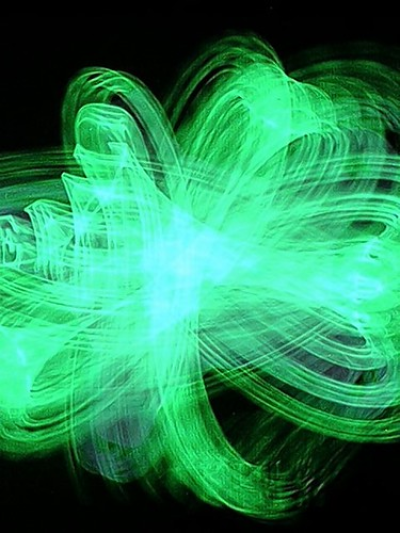
Happy St. Patrick's Day!
Here is an activity that combines chemistry and this fun, luck-filled holiday. We will introduce the concept of atoms and then make 3-leaf clover shaped crystals just using normal table salt.
Check out the complete lesson plan write up in the PDF below.
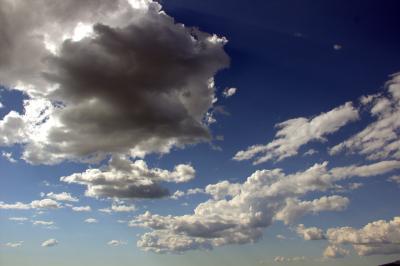
Have you ever looked up at the sky when it rains and wondered where this water is coming from? This experiment explores clouds and their role in rain. Clouds are how the sky can produce precipitation in the form of water, known as rain. Water accumulates to a certain degree in a cloud and finally exits, known as raining. In this experiment, you will look at how water moves through clouds and how much water needs to be accumulated before rain occurs! After this experiment, you’ll be able to see a different side of clouds when you look up at the sky!
For a complete lesson plan write up, check out the the PDF link below.
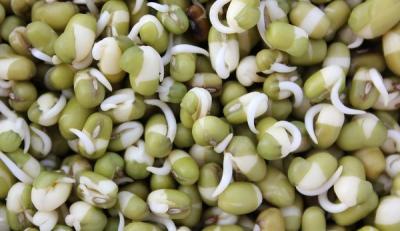
Now that spring is here, have you noticed that there seems to be more plants and flowers outside? Why do we see them during this time of year and what does it take for them to grow? Learn more about how the germination of a plant can be affected and managed by sunlight, water, and more by checking out the experiment PDF link below.

